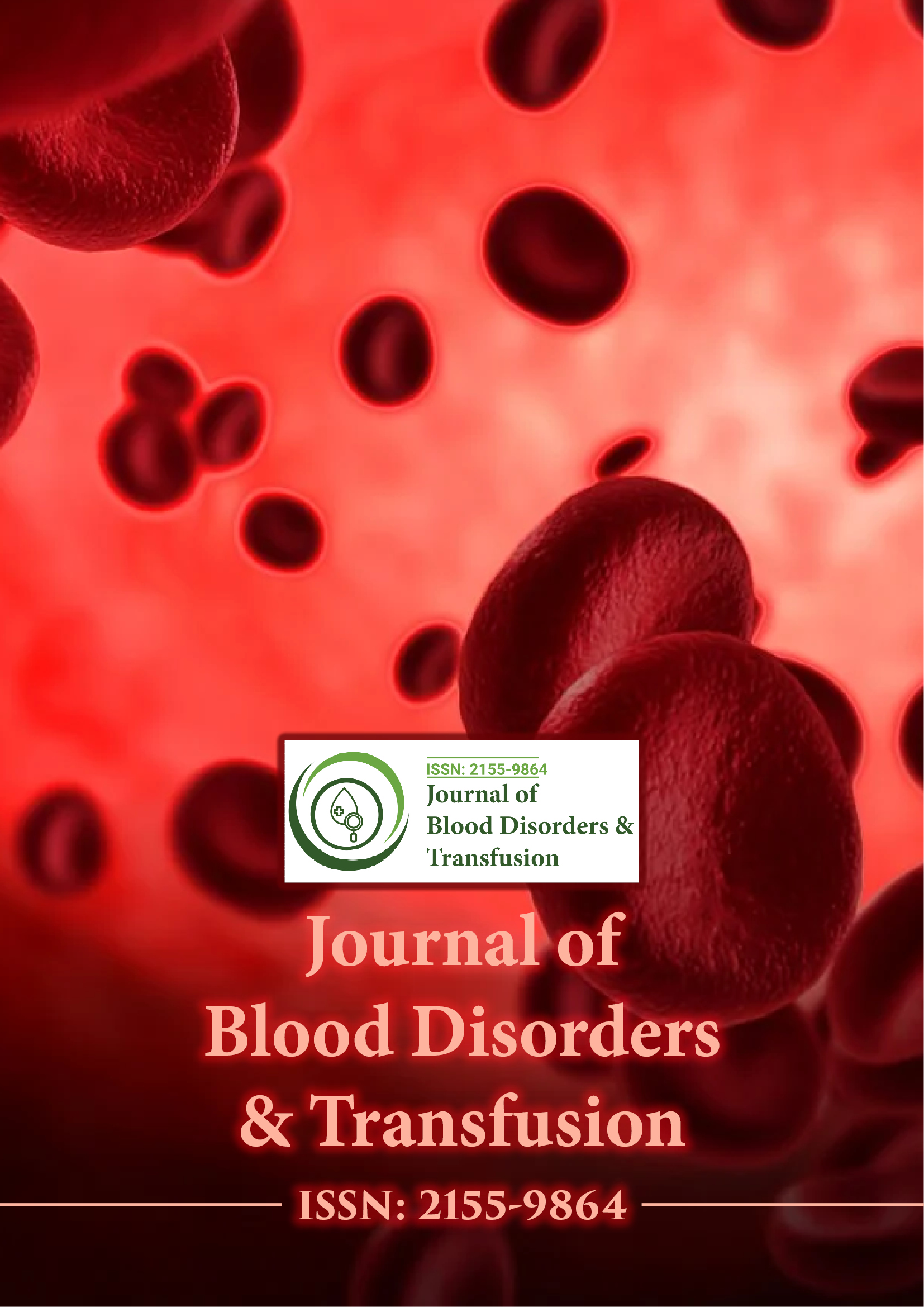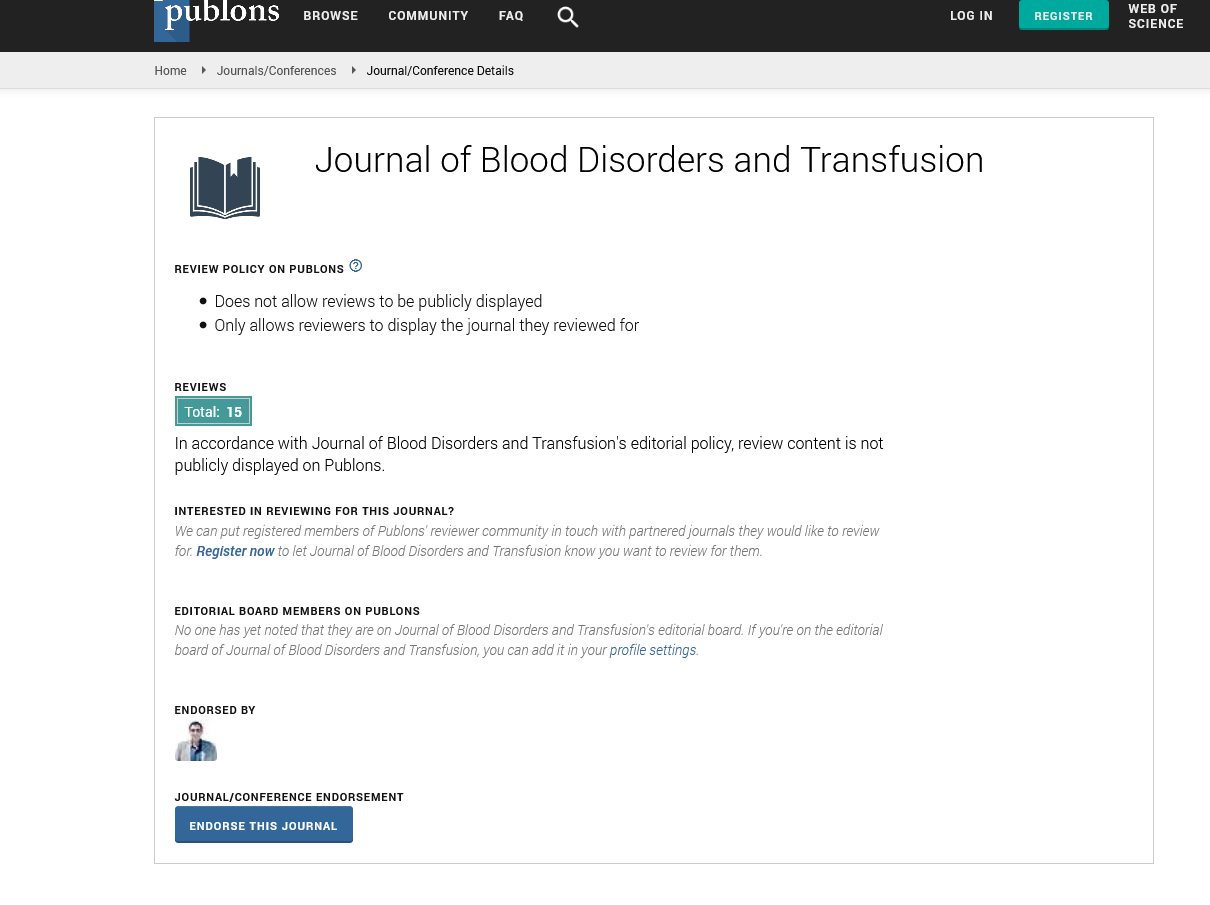Indexed In
- Open J Gate
- Genamics JournalSeek
- JournalTOCs
- Ulrich's Periodicals Directory
- RefSeek
- Hamdard University
- EBSCO A-Z
- OCLC- WorldCat
- Proquest Summons
- Publons
- Geneva Foundation for Medical Education and Research
- Euro Pub
- Google Scholar
Useful Links
Share This Page
Journal Flyer

Open Access Journals
- Agri and Aquaculture
- Biochemistry
- Bioinformatics & Systems Biology
- Business & Management
- Chemistry
- Clinical Sciences
- Engineering
- Food & Nutrition
- General Science
- Genetics & Molecular Biology
- Immunology & Microbiology
- Medical Sciences
- Neuroscience & Psychology
- Nursing & Health Care
- Pharmaceutical Sciences
Mutational profile of Beta thalassemic population in the Northeast of Algeria
16th World Hematology Congress
March 18-19, 2019 | Rome, Italy
Wissem Abdaoui, Djamel Eddine Benouareth, Adel Gouri and Philippe Joly
University of Guelma, Algeria
Hospices Civils de Lyon, France
Badji Mokhtar University of Annaba, Algeria
Posters & Accepted Abstracts: Blood Disord Transfus
Abstract:
Introduction: Beta-thalassemia (β-thal.) is one of the most common recessive monogenic disorders worldwide with
a higher prevalence among Mediterranean, Middle Eastern and Indian populations. More than 300β-thalassemia
alleles are currently reported in the HbVar database in order to evaluate the mutational profile of β-thalassemic
populations in the Northeast of Algeria.
Materials & Methods: Sixty patients from Dorban hospital, Annaba, Algeria were enrolled in this study. A direct
sequencing of the HBB gene of beta globin was performed. Theβ-thalassemia mutation was identified by automated
sequence analysis performed on an ABI Prism 3130 Genetic Analyzer (Applied Biosystems) using the fluorescent
dideoxy termination method (Big Dye-Terminator Cycle Sequencing Kit; Applied Biosystems). Statistical analyses
were performed with SPSS 22.0 software.
Findings: The three principal β-thalassemic mutations detected were nonsense mutation at codon 39 (HBB:
c.118C>T), IVS-I-110 (HBB: c.93-21G>A), IVS-I-1 (HBB: c.92+1G>A). A novel β-thalassemia mutation was
characterized for the first time in a patient with white blood cell (WBC) count 11.9 (109/L), Hb 7.3 g/dL, and platelet
count 455.0 (109/L). The nonsense mutation codon 39(C>T) is widespread in Algeria with a frequency 25.94% (11)
27.6% (15) and is more common in the west and decreases in center to be predominant in the East. Although, the
molecular defects at the origin of this pathology are of extreme diversity, each population is characterized by a group
of 4 to 5 mutations that is specific to it.
Biography :
E-mail: wissem.aza@gmail.com

